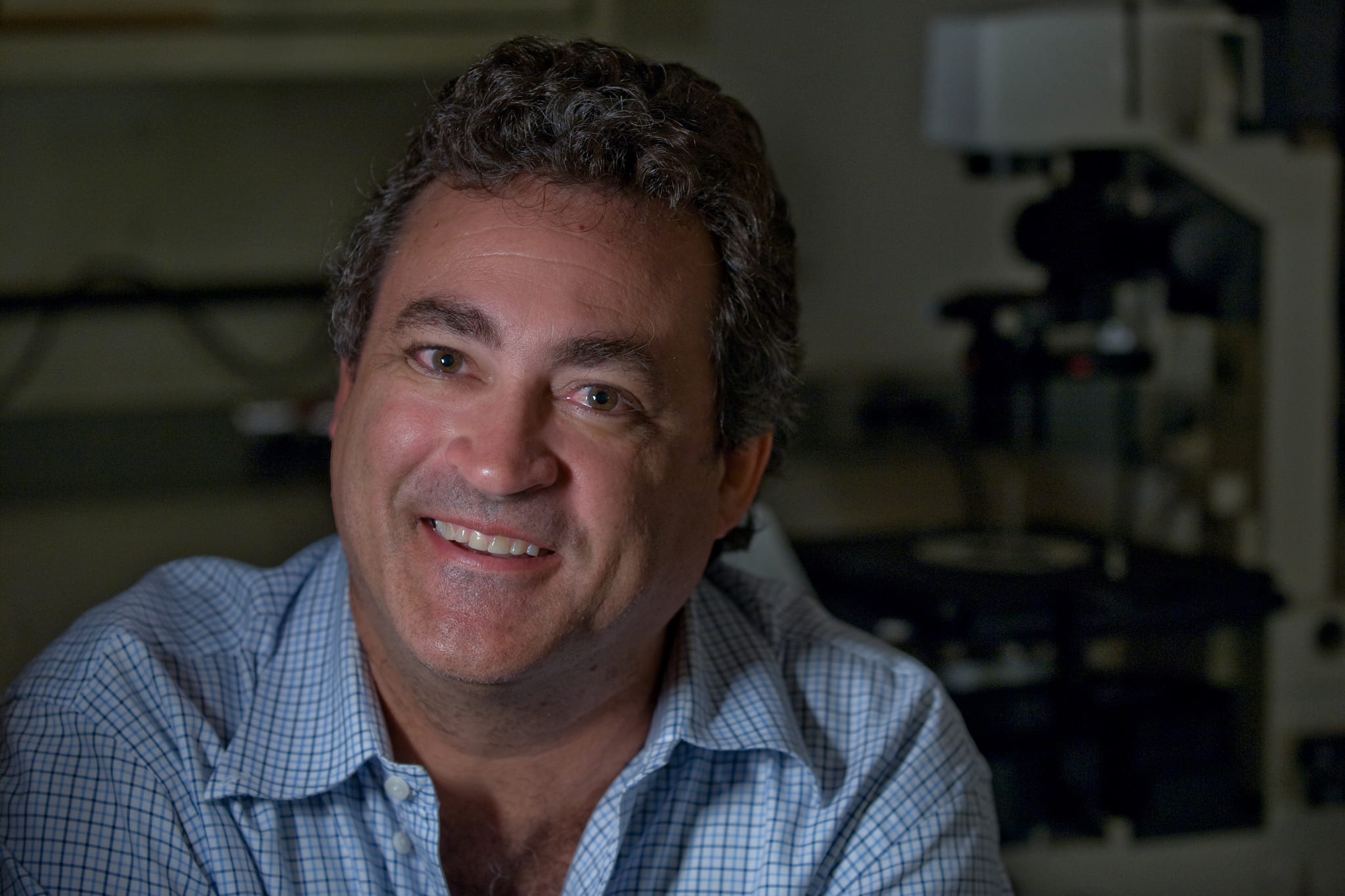Long-term galactic cosmic ray exposure leads to dementia-like cognitive impairments
What happens to an astronaut’s brain during a mission to Mars? Nothing good. It’s besieged by destructive particles that can forever impair cognition, according to a UC Irvine radiation oncology study appearing in the May 1 edition of Science Advances.

Irvine, Calif., May 1, 2015 — What happens to an astronaut’s brain during a mission to Mars? Nothing good. It’s besieged by destructive particles that can forever impair cognition, according to a UC Irvine radiation oncology study appearing in the May 1 edition of Science Advances.
Charles Limoli and colleagues found that exposure to highly energetic charged particles – much like those found in the galactic cosmic rays that bombard astronauts during extended spaceflights – cause significant damage to the central nervous system, resulting in cognitive impairments.
“This is not positive news for astronauts deployed on a two- to three-year round trip to Mars,” said Limoli, a professor of radiation oncology in UCI’s School of Medicine. “Performance decrements, memory deficits, and loss of awareness and focus during spaceflight may affect mission-critical activities, and exposure to these particles may have long-term adverse consequences to cognition throughout life.”
For the study, rodents were subjected to charged particle irradiation (fully ionized oxygen and titanium) at the NASA Space Radiation Laboratory at the Brookhaven National Laboratory before being sent back to Limoli’s Irvine lab.
The researchers found that exposure to these particles resulted in brain inflammation, which disrupted the transmission of signals among neurons. Imaging revealed how the brain’s communication network was impaired through reductions in the structure of nerve cells called dendrites and spines. Additional synaptic alterations in combination with the structural changes interfered with the capability of nerve cells to efficiently transmit electrochemical signals. Furthermore, these differences were parallel to decreased performance on behavioral tasks designed to test learning and memory.
Similar types of more severe cognitive dysfunction are common in brain cancer patients who have received various photon-based radiation treatments at much higher doses. In other research, Limoli studies the impact of chemotherapy and cranial irradiation on cognition.
While cognitive deficits in astronauts would take months to manifest, Limoli said, the time required for a mission to Mars is sufficient for such deficits to develop. People working for extended periods on the International Space Station do not face the same level of bombardment with galactic cosmic rays, as they are still within the protective magnetosphere of the Earth.
The irradiated particles that compose these galactic cosmic rays are mainly remnants of past supernova events.
Limoli’s work is part of NASA’s Human Research Program. Investigating how space radiation affects astronauts and learning ways to mitigate those effects are critical to further human exploration of space, and NASA needs to consider these risks as it plans for missions to Mars and beyond.
But what can be done to protect astronauts speeding off to the red planet?
As a partial solution, Limoli said, spacecraft could be designed to include areas of increased shielding, such as those used for rest and sleep. However, these highly energetic particles will traverse the ship nonetheless, he noted, “and there is really no escaping them.”
Preventative treatments offer some hope. “We are working on pharmacologic strategies involving compounds that scavenge free radicals and protect neurotransmission,” Limoli said. “But these remain to be optimized and are under development.”
Vipan Kumar Parihar, Barrett Allen, Katherine Tran, Trisha Macaraeg, Esther Chu, Stephanie Kwok, Nicole Chmielewski, Brianna Craver, Janet Baulch and Munjal Acharya of UCI and Francis Cucinotta of the University of Nevada, Las Vegas contributed to the study, which NASA supported through grants NNX13AK70G, NNX13AD59G, NNX10AD59G and NNX15AI22G.
About the University of California, Irvine: Currently celebrating its 50th anniversary, UCI is the youngest member of the prestigious Association of American Universities. The campus has produced three Nobel laureates and is known for its academic achievement, premier research, innovation and anteater mascot. Led by Chancellor Howard Gillman, UCI has more than 30,000 students and offers 192 degree programs. It’s located in one of the world’s safest and most economically vibrant communities and is Orange County’s second-largest employer, contributing $4.8 billion annually to the local economy. For more on UCI, visit www.uci.edu.
Media access: Radio programs/stations may, for a fee, use an on-campus ISDN line to interview UC Irvine faculty and experts, subject to availability and university approval. For more UC Irvine news, visit wp.communications.uci.edu. Additional resources for journalists may be found at communications.uci.edu/for-journalists.